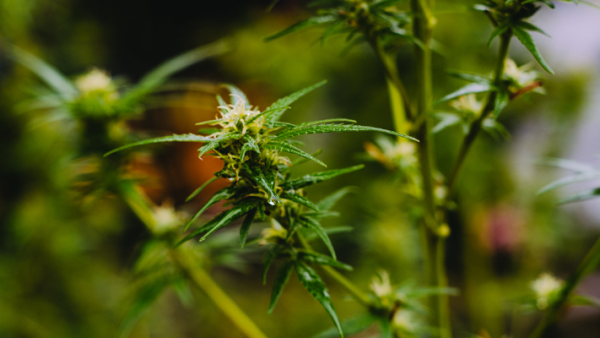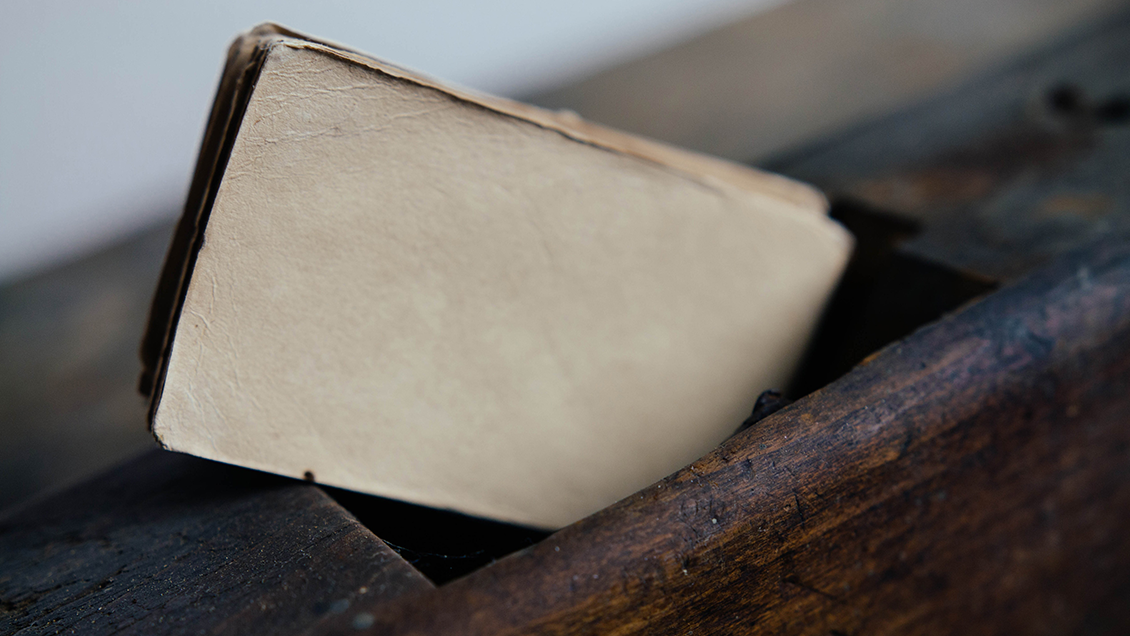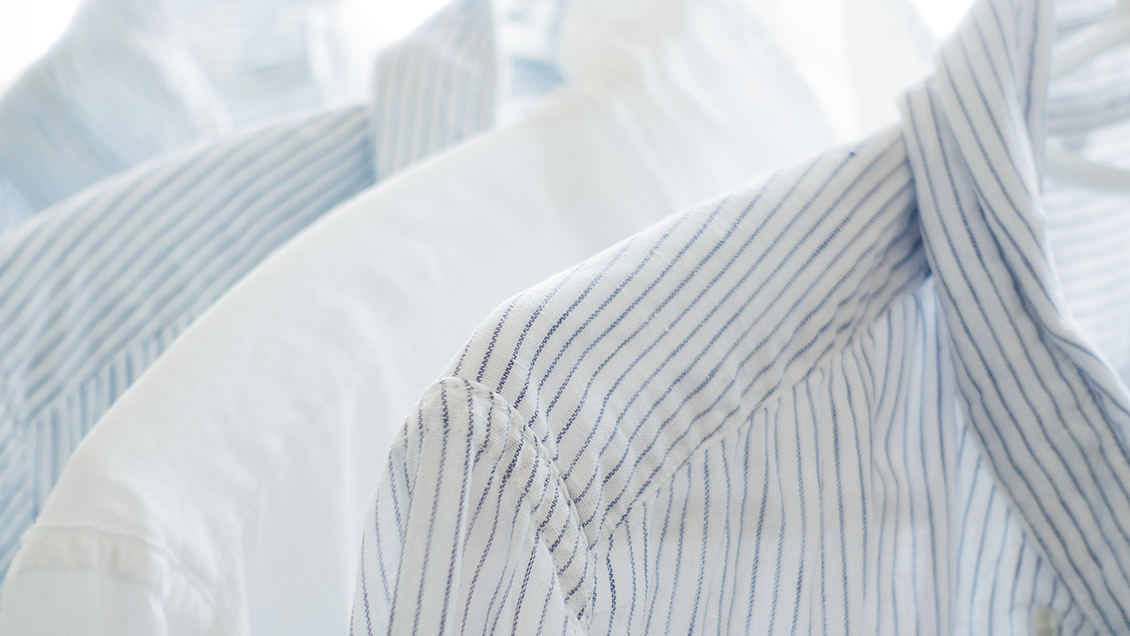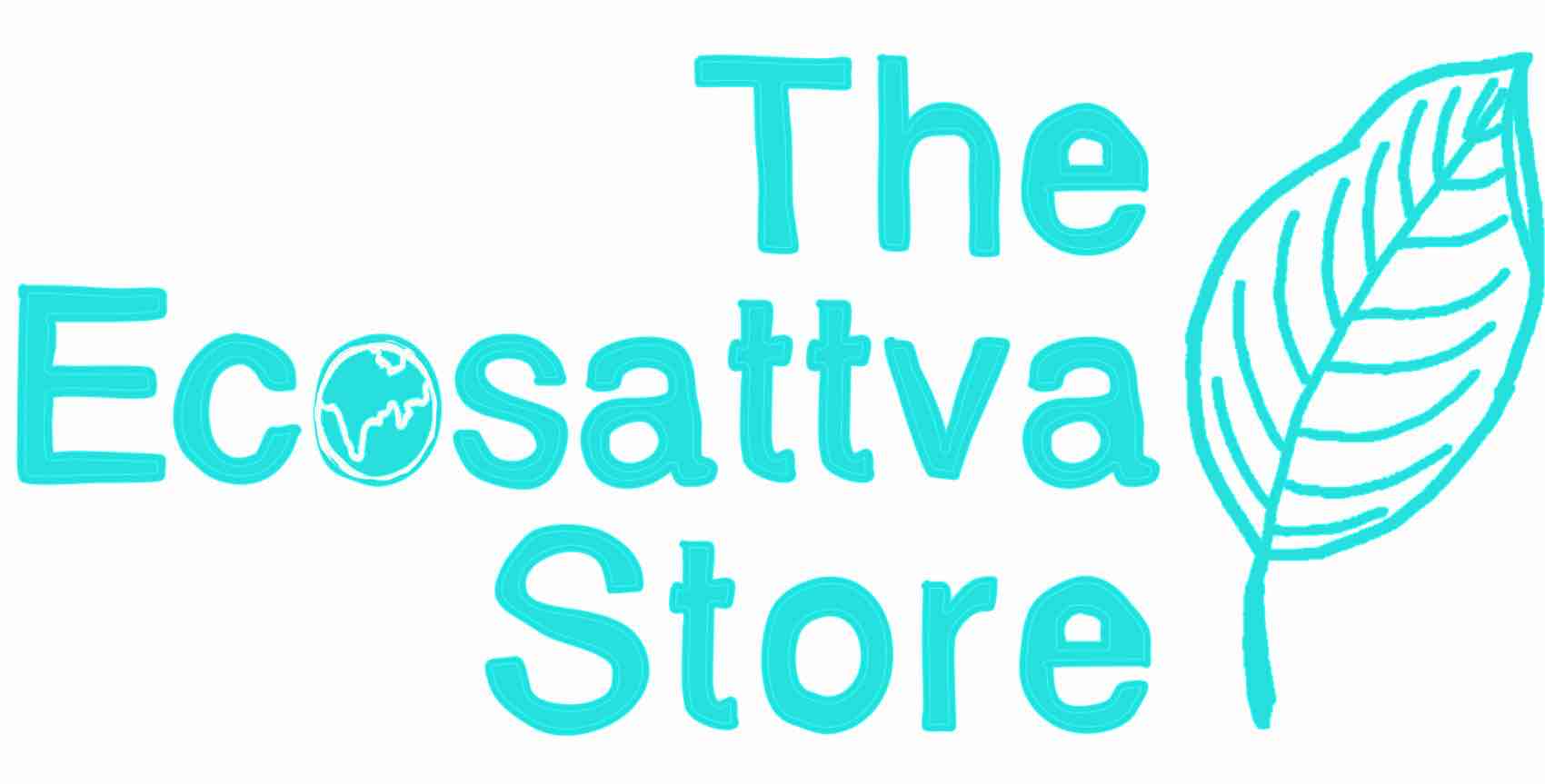If you’re like us and you’ve been reading up on all things environment on the interwebs, you may have come across people discussing hemp, often in the context of sustainable fashion.
For the last century or more, hemp has gotten a bad rap just for being somewhat related to the practice of getting bombed on some green stuff during that goa trip in college.
[caption id="attachment_10709" align="alignnone" width="1130"] We all know what you did that summer...[/caption]
We all know what you did that summer...[/caption]
But now, with increased awareness of environmental impact and cost of production of things like clothes, paper, etc. hemp is all set to make a huge comeback in the next few decades. Which means there’s no time like the present to start brushing up on all things hemp!
What is hemp?
Hemp is basically a variety or strain of the Cannabis sativa plant which is grown specifically for the industrial use of it’s various products. And yes, Cannabis is indeed the plant that is very popular in college campuses. However, hemp is a varying strain of the same plant that is grown for it’s own purposes.
[caption id="attachment_10710" align="alignnone" width="1130"] Don't get too excited...[/caption]
Don't get too excited...[/caption]
The main difference between it and it’s much more popular cousin is that while both contain the psychoactive Tetrahydrocannabinol (THC), hemp is grown and produced with far lower quantities of THC and higher quantities of cannabidiol, which practically eliminates any psychoactive components in the hemp plant. This distinction is the key to hemp being legally grown and regulated by different governments.
Hemp can be refined into a bunch of different products including paper, textiles, biodegradable plastics, biofuel, and animal feed to name a few.
Des ki Mitti
One of the main reasons us eco-freaks go a little gaga about hemp has something to do with the fact that it is, after all a “weed”. This means that it grows quickly, without a lot of human intervention, and is naturally resistant to most pests.
It’s a boon to farmers since it can grow in very tightly spaced and it can grow very quickly. This means that land use gets decreased, and more importantly, the plant has very high yield for the farmer.
On top of this, hemp is noted for improving the health of the soil. It needs less water than many other plants, eliminates the need for fungicides and pesticides, and because of its resilience has been used to clean up polluted lands. Because it enriches the soil as it grows, farmers can grow other plants on their land immediately after hemp harvest.
Papyrus, Canvas, Paper
Hemp mulch is one of the oldest materials with which paper has been produced. Over five thousand years ago, people all over the world were inventing alphabets, drawing doodles out of boredom, and calculating their taxes on paper made from hemp. In fact the word “canvas” is derived from the plant “cannabis” from which it was originally made.
[caption id="attachment_10711" align="alignnone" width="1130"] And no, you won't get anything from burning this...[/caption]
And no, you won't get anything from burning this...[/caption]
The advantage of paper made from hemp is that it produces more paper per acre of it’s raw materials than most other materials like wood pulp. It’s low lignin content and naturally light color also means that less bleach and other chemicals would need to be used in production.
However, when it comes to paper, the cost of processing hemp is bigger than with wood pulp. With enough innovation in the processing department, hemp can soon be a much more viable, cost effective, and environment friendly option for creating paper than wood pulp. And who doesn’t want to save the trees?
High fashion
One of the major uses hemp has had over history is as a source for fabric. And while hemp went out of fashion for a few centuries, it’s making a smashing comeback in the annals of fashion of late.
[caption id="attachment_10712" align="alignnone" width="1130"] Bring on the hippie chic![/caption]
Bring on the hippie chic![/caption]
Sustainable fashion is a growing and prominent industry with it’s own place in fashion industry events like the London Fashion Week. And when it comes to sustainable fashion, hemp is in the forefront of natural and eco-friendly textile options.
Not only does it have an enviable drape that has been compared to linen, it’s durable and comes in a variety of different colors based on how it is processed.
Most importantly, the land use and amount of water needed to prduce hemp textiles is literally half as much is needed for other fabrics like cotton. One of the coolest ways to start your hemp journey can be with some beautifully created hemp clothes by companies like Boheco.
BioFuel
One of the lesser known properties of hemp is it’s potential for being a biofuel. Studies have found that hemp seed oil can be a very viable option for producing biodiesel. It has proven to be high efficiency (which means we get more fuel per litre of hemp oil) and has even been known to run in lower temperatures than other biofuel.
A Plastic Replacement
While it may still be too early to declare this definitively, hemp is one of the few materials that have shown a lot of potential as a substitute for plastic.
While we all know how much plastic bags and lower grade plastic absolutely needs to be replaced, it’s not just your local vegetable vendor who may use a hemp bag sometime in the future. Your furniture, bags, clothes, and most interestingly, even parts of your car could soon be replaced with hemp based materials.
All the way back in the 1940’s Henry Ford made a car out of hemp and soy plastic, and as recently as 2008, niche companies have made everything from composite body panels to seat backs and door linings. Hemp composites are stronger, lighter, an cheaper to produce and use than fiber glass or even carbon fibre – on top of being far more recyclable than plastic!
While it’s still early days for calling this the great hemp revival, this unique plant is fast becoming a rather incredible Hail Mary solution for a number of issues us environmentalists tend to concern ourselves with. And with the research pointing to a lot of potential, we may yet have hope of living in a post plastic, hemp-tastic world some time in the future.
In the meantime, you can always be a hemp cheerleader by buying hemp clothes, paper, and anything else hemp you can get your hands on!

